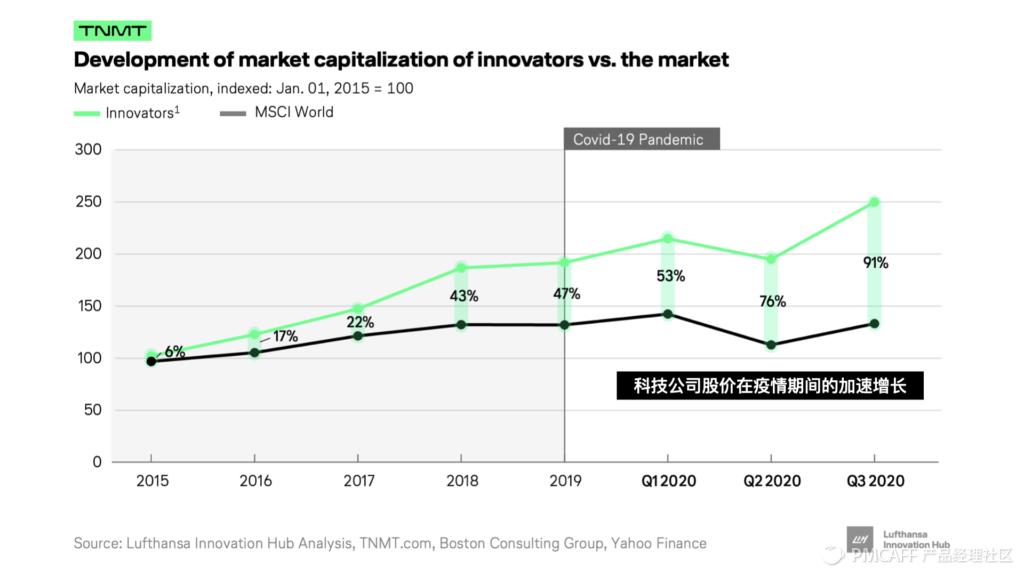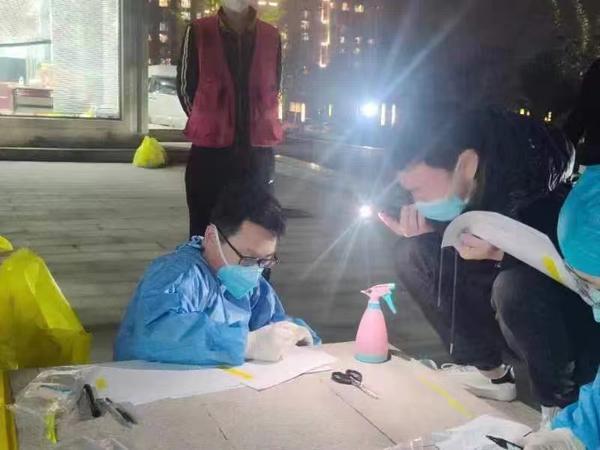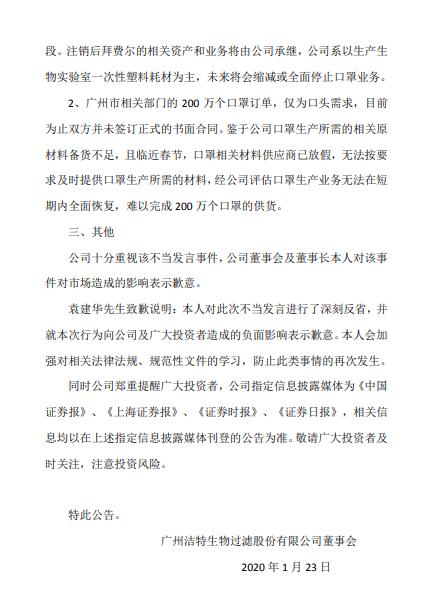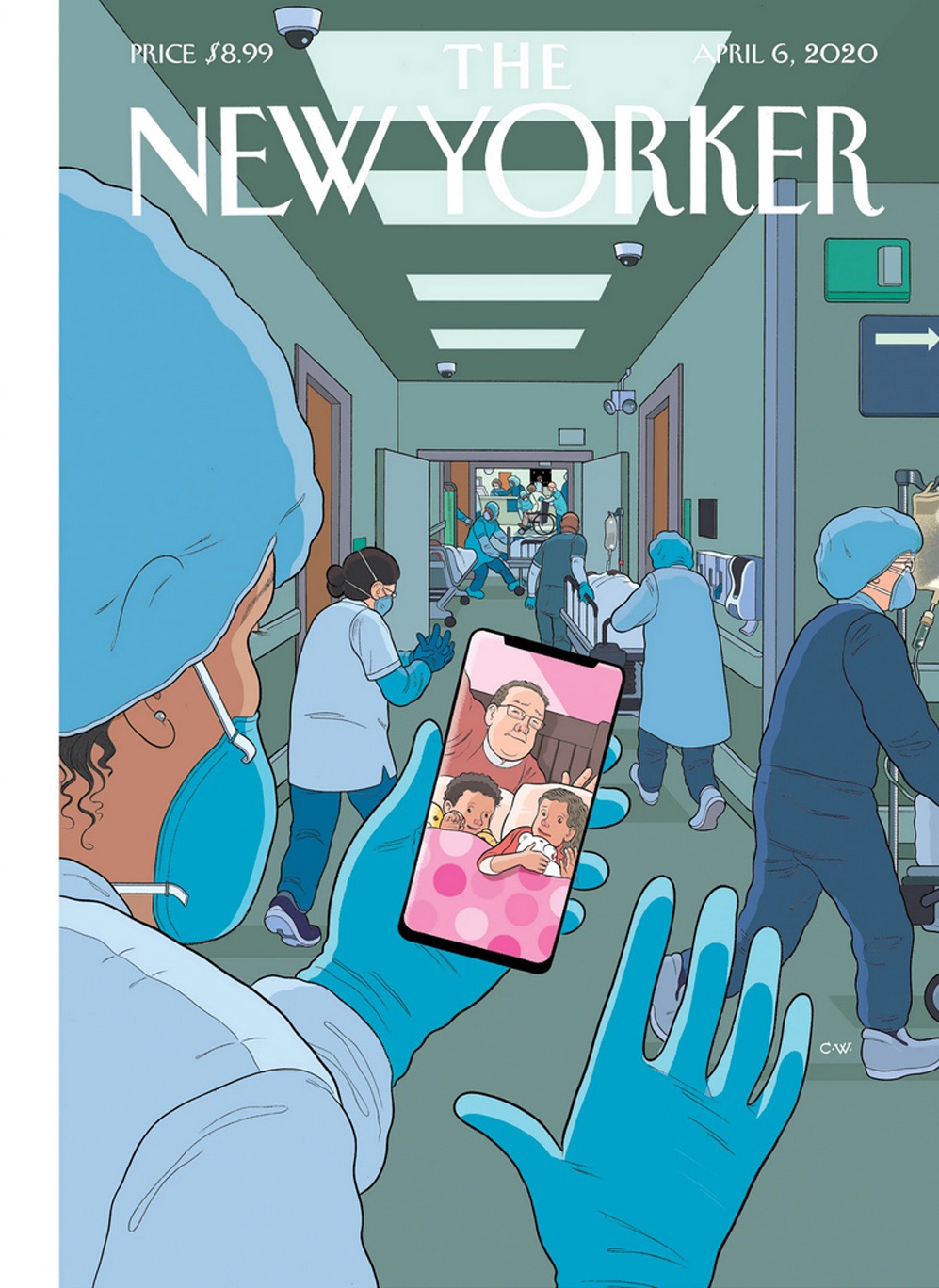The world as we knew it came to a sudden halt in early 2020, when the novel coronavirus, later named SARS-CoV-2, emerged as the cause of a respiratory disease later known as COVID-19. This unprecedented global health crisis not only reshaped our daily lives but also tested the resilience of international cooperation, healthcare systems, and the collective will of humanity. This article aims to provide a comprehensive overview of the COVID-19 pandemic, its origins, spread, impacts, responses, and the ongoing efforts towards recovery.
Origins and Early Outbreak
The first cases of COVID-19 were reported in December 2019 in Wuhan, the capital city of China's Hubei province. Initial investigations revealed that the virus had likely originated from an animal source, with bats emerging as a potential natural reservoir. The virus quickly spread within China, prompting the Chinese authorities to share information with the World Health Organization (WHO) and announcing the outbreak on January 30, 2020. By this time, the virus had already gained a foothold, with cases being reported in other countries.
Global Spread and Impact
The speed and scale of COVID-19's global spread were alarming. Within months, it became a pandemic, declared by the WHO on March 11, 2020. The virus showed a high degree of transmissibility, particularly through respiratory droplets when infected individuals cough or sneeze. This made it easy for the virus to spread at social gatherings, events, and through international travel.
The pandemic's impact was far-reaching and devastating. It claimed millions of lives worldwide, disrupted healthcare systems, and caused economic upheaval on an unprecedented scale. Businesses closed their doors, schools shifted to online learning, and daily life was characterized by social distancing measures and mask-wearing. The mental health of populations worldwide was also severely affected, with reports of increased anxiety, depression, and isolation.
Healthcare Responses and Vaccine Development
In response to the pandemic, healthcare systems worldwide were overwhelmed, leading to a race against time to develop effective treatments and vaccines. Researchers from various countries collaborated at an unprecedented pace, leveraging their expertise in virology, immunology, and biotechnology. The first vaccines were developed using technologies such as mRNA and viral vector platforms, which allowed for rapid production and testing. By late 2020 and early 2021, several vaccines were approved for emergency use by regulatory bodies worldwide, including those manufactured by Pfizer-BioNTech, Moderna, Oxford-AstraZeneca, and others. Vaccine distribution was a complex endeavor involving logistical challenges, equity concerns, and efforts to ensure equitable access globally.
Economic and Social Effects
The economic fallout from the pandemic was profound. Governments introduced lockdown measures to slow the spread of the virus, which in turn led to a sharp decline in economic activity. Industries such as tourism, hospitality, and aviation were hit hardest, with job losses reaching into the millions. Small businesses struggled to survive as revenue dried up and financial support measures proved insufficient for many. The pandemic also exposed preexisting inequalities, with low-income households and communities of color disproportionately affected by job losses and lack of access to healthcare.
Digital Transformation and Remote Work
The pandemic accelerated the digital transformation that was already underway. Remote work became the norm for millions of employees worldwide, fostering new ways of collaboration and communication while also highlighting the digital divide between those with access to reliable technology and those without. Online education became a necessity for millions of children worldwide, necessitating a rapid shift towards digital learning platforms and resources. The rise of e-commerce also accelerated as consumers adapted to new shopping habits while physical stores remained closed.
Recovery Efforts and Lessons Learned
As countries begin to navigate their way out of the pandemic, a multi-faceted approach is being adopted for recovery. This includes not only rebuilding healthcare systems but also addressing economic stagnation through stimulus packages, job creation programs, and support for small businesses. The importance of investing in public health infrastructure, improving global health governance, and promoting research into emerging infectious diseases has become evident. Lessons learned from the pandemic include the need for greater preparedness, stronger global collaboration, equitable access to healthcare resources, and a reevaluation of our reliance on technology in both personal and professional lives.
In conclusion,...
转载请注明来自爬爬百科,本文标题:《全球健康危机,COVID-19疫情概览》












 京ICP备11000001号
京ICP备11000001号
发表评论